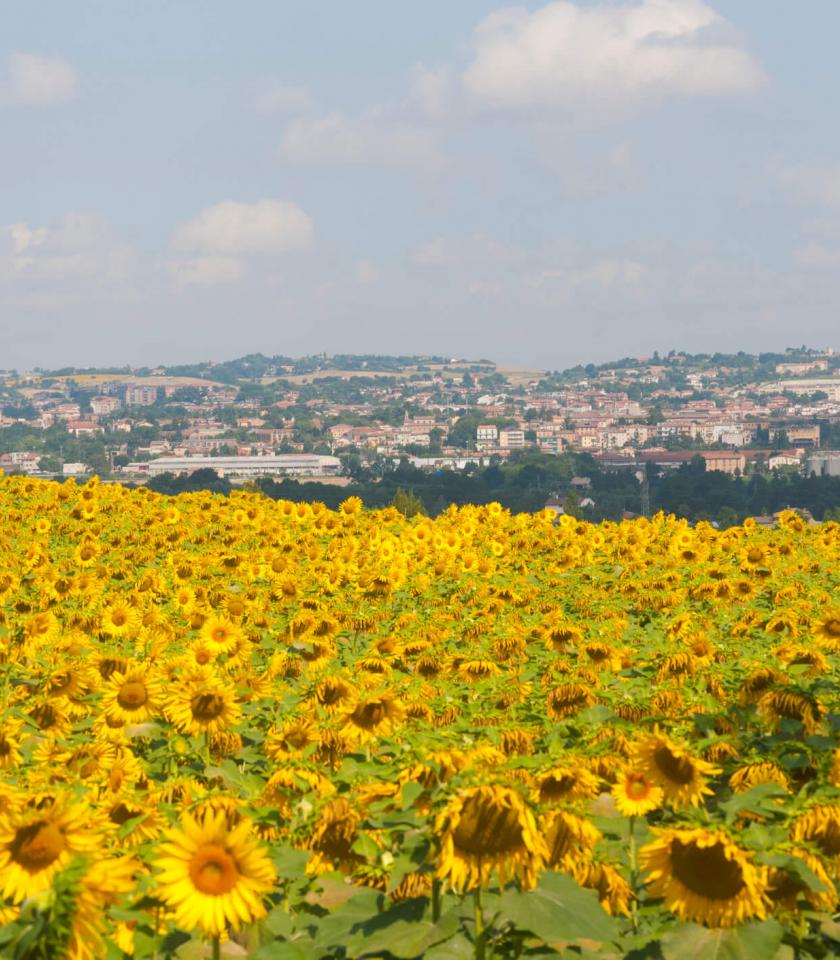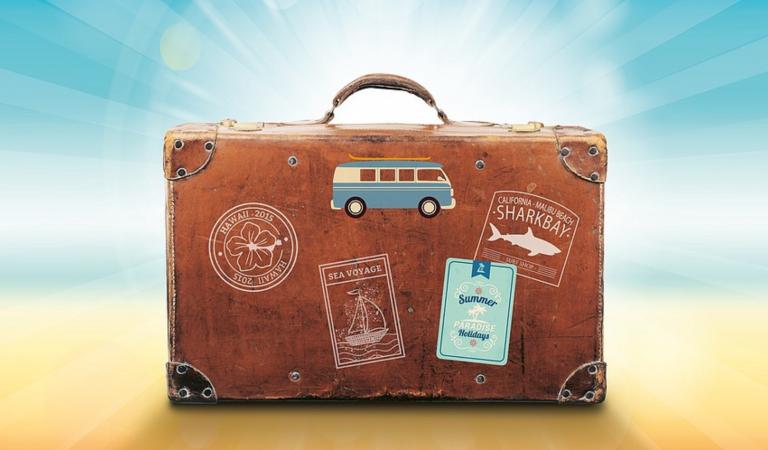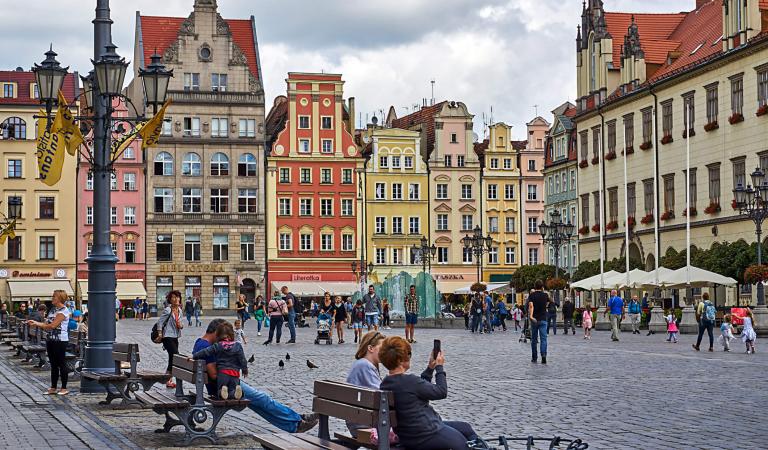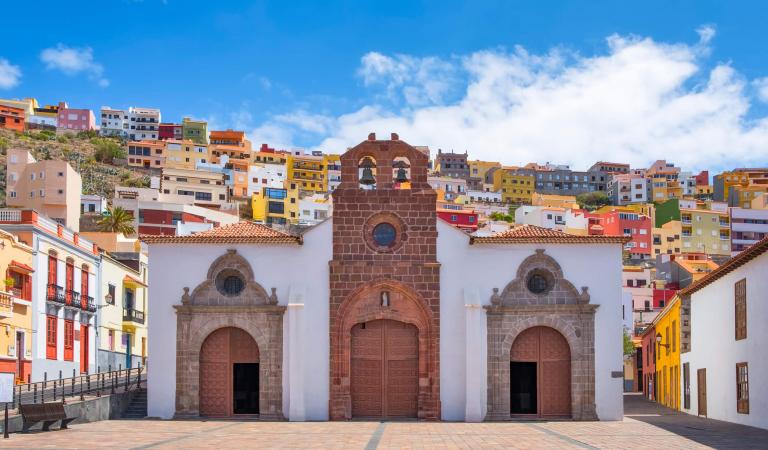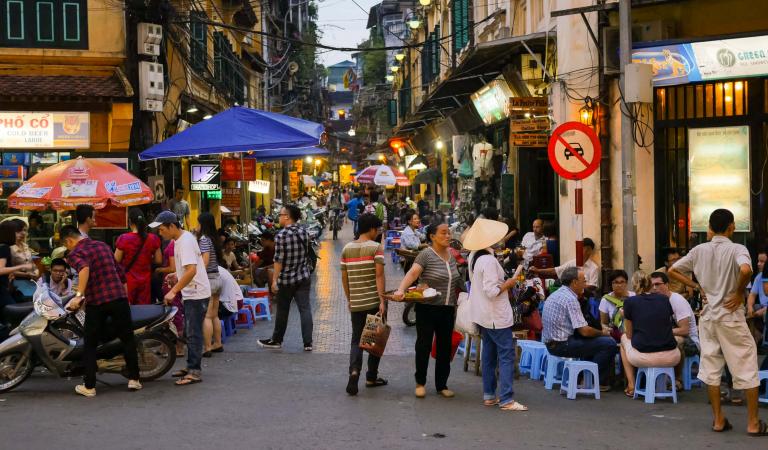Whether you have been offered a English language teaching position in Northern Italy and you don’t know what to expect, you have already started working in the area, but you are still finding your bearings or you are just curious about what life as an EFL teacher in this part of the world entails, this article is for you.
We have put together information you might find useful not only to work efficiently with locals and better organise your lessons, but also to fully experience the cultural richness of this region.
Students and types of courses
You might have a more diverse classroom than you originally expected. It is not uncommon to have some international students mixed with Italians, especially in bigger cities such as Milan and Turin. Many of them come from Latin America (Peru, El Salvador, Brazil, etc.) and they are both first and second generation.
Also, you might be surprised by the variety of accents and dialects you hear when your class switch (hopefully just for a moment!) to speaking Italian. In Italy, the quality of spoken language changes not only between regions, but sometimes even from one town to the next. If you teach in Northern Italy, you will still have the opportunity to meet and work with Italians from all over the country, as many are attracted to this region by its job prospects.
You can take advantage of this situation by discussing the similarities and differences between the North, the Center and the South. Customs and traditions, famous festivals, most well-known local food and points of interests are all topics which are worth exploring in a conversation class, as Italian culture is extremely varied.
These days it’s becoming more and more popular to start learning English from a young age, with some people continuing to study the language up and after their retirement. Therefore, if you plan to teach in Northern Italy, the age groups you will teach will be varied. Schools also offer Business English lessons (particularly in the largest, most industrialised cities), Cambridge Exam preparation courses and CLIL (Content and Language Integrated Learning) courses, which are often delivered at local middle schools and high schools.
Cultural aspects to be aware of
Compared to countries such as the UK, appearances, although not vitally important, do lend some weight in Northern Italy, as Italians pride themselves on their smart presentation. Especially in Milan, which since 1958 holds one of the most important fashion weeks in the world. Therefore, you should check with the school you have been employed by to see how well presented you should be at work.
Liking coffee (especially espresso) is an advantage as it is part of the culture; also, students, particularly on company courses and one-on-one lessons, might offer it to you. In Italy you can try types of coffee you might have never seen before such as ‘marocchino’ (a short coffee with cocoa powder and milk froth), ‘nutellino’ (as you might have already understood, an espresso with nutella), or ‘caffè corretto’, which was born in Northern Italy and consists of coffee with a splash of liquor, normally grappa.
Having a coffee, even just standing by the coffee machine at the school, is an integral part of daily life in Italy; you can turn it into an opportunity to socialise with your colleagues, get to know your students better at break time, and give your brain time to recharge after teaching. Just make sure not to go overboard if you are not used to it – Italian coffee is quite strong!
Places to visit at the weekend
Apart from the most well-known cities (Milan, Turin, Venice, Verona, Mantua, Genoa, and the towns which contribute to the beauty of Cinque Terre), Northern Italy is worth visiting also for its natural scenery. Besides the wonderful Lake Como, there are five more you should consider exploring: Lake Garda (with its pretty and lively towns Sirmione and Desenzano del Garda), Lake Maggiore, Lake Orta, Lake Iseo, and Lake Lugano, at the border between Italy and Switzerland.
A gem which is kept more secret than the others is Bergamo’s Città Alta (‘Upper Town’), a stunning medieval town which can be easily reached from Bergamo city centre either by taking the old funicular or by walking up hill. A medieval atmosphere can be found also in Monza, famous for its Autodromo Nazionale, the historic racetrack which hosts the Italian Formula One Grand Prix. Even if you are not interested in watching the race, you might still enjoy a stroll in Parco di Monza, which is not far from the city centre and is dominated by the beautiful Villa Reale (Royal Villa), open to the public.
Best local food
Northern Italy is divided into eight regions and each of them is well-known for several dishes. If you have the chance to spend some time teaching in this area, you should aim at trying them all! Some of Valle D’Aosta’s products have travelled far such as the cheese Fontina and Jambon De Bosses, an exquisite ready-sliced meat. You can’t pass by Trentino Alto Adige without having a dish of canederli (bread balls typically filled with speck or other cold cuts), which are perfect for the cold weather. One of the first things which come to mind when thinking about Friuli Venezia Giulia is frico con le patate, a savoury pie consisting mainly of heated cheese and potatoes.
Among other specialities, Liguria is famous for its pesto which is used to flavour pasta, especially trofie, also typical of this region. In Lombardia you should taste risotto alla milanese, which takes its typical yellow color from the saffron, cotoletta alla milanese, a breadcrumbed veal chop and at Christmas time panettone, a sweet bread loaf. In Veneto an unmissable delicacy is baccalà alla vicentina, a special type of codfish. Emilia Romagna is proud of its gnocco fritto (fried dumplings), normally accompanied by cold cuts. A great ending to any meal would be one of the Piemontese cuisine’s desserts: torta di nocciola (a traditional hazelnut cake) and Bonet, a delicious chocolate custard.


